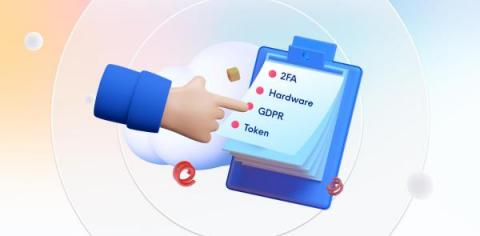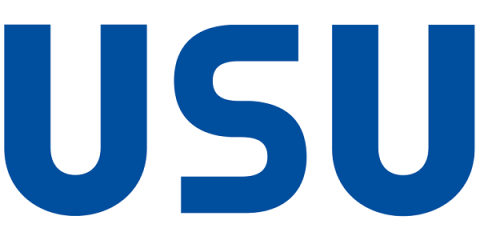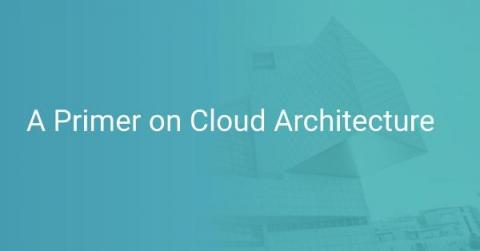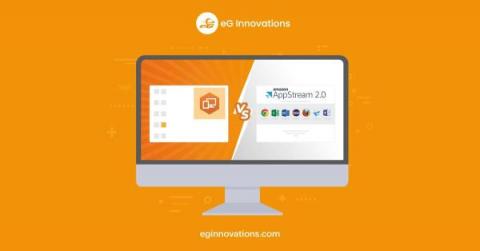Operations | Monitoring | ITSM | DevOps | Cloud
Latest News
Successfully migrate to Azure with the Microsoft Cloud Adoption Framework and Datadog
Migrating your applications from on-prem infrastructure to the cloud comes with a number of benefits, including increased agility, resilience, and scalability, as well as potential cost and IT overhead reductions. But it can be complex, which is why organizations moving to Azure often use Microsoft’s Cloud Adoption Framework for Azure and its strategy for successful migrations.
5 Must-Know Tips For Tracking Cloud Spend In 2022
Automated code updates
Do you manage critical applications that require your team’s attention and effort, to remain secure, compliant, or simply up to date? Are you worried when you hear about a vulnerability in a framework that you might be using somewhere in your fleet of applications, but maybe not? Stop worrying, we’ve got your fleet covered!
Seamlessly Secure Your Cloud Workloads
You’ve secured your cloud identities. You’ve hardened your cloud security posture. You’ve configured strong cloud access controls. But there’s still one more thing you need in order to secure your cloud environment: a cloud workload protection platform, or CWPP. Cloud workload protection platforms secure the workloads that run on your cloud — which are distinct from the infrastructure, user identities and configurations that form the foundation of your cloud environment.
US mobile provider chooses USU Knowledge Management
Getting Real About Multi-Cloud DevOps
A Primer on Cloud Architecture
The cloud is growing more and more popular each day. We are in an era where there is a prominent trend of companies migrating from traditional on-premise systems to more reliable and fast cloud-based systems. However, the conversion is still not rampant on a large scale, primarily due to the lack of awareness in the up-and-coming businesses about the cloud’s fundamentals. However, the cloud has proven to be a sound and worthy option time and time again.
How Cybersecurity Saves Business Time and Money
Amazon AppStream 2.0 vs Amazon WorkSpaces
Amazon offers two different services, Amazon WorkSpaces and AppStream 2.0, that can be used to deliver apps remotely either streamed via a browser or within a virtual workspace (desktop). Once you understand the differences between the two services the choice is usually clear from the use case. It is in fact common for organizations to use a mixture of both.










